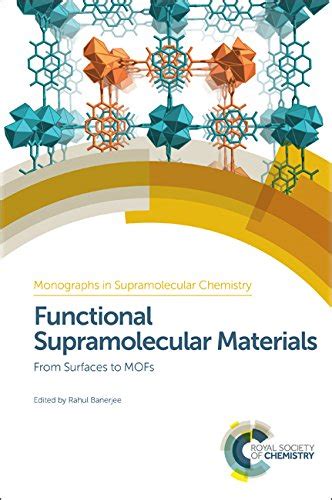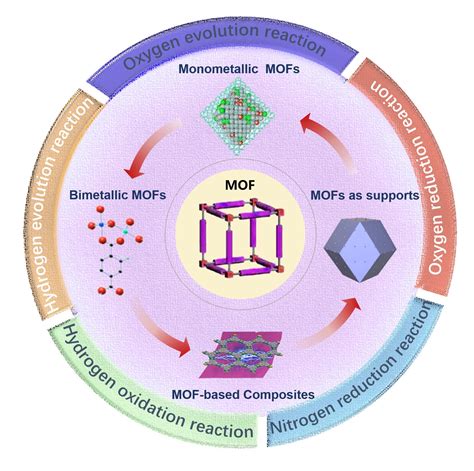chanel f leong book chapter surfaces | From Surfaces to MOFs chanel f leong book chapter surfaces This book provides a comprehensive source of information on the structure and function of organic and metal–organic supramolecular materials. The chapters of this book provide an overview of supramolecular material assembly at various scales, including the formation of 2D polymers and molecular cages.
U-da-lv-nu-sti Silver Wolfe was born about 1732, in South Carolina, British Colonial America as the son of Olegineni. He had at least 1 daughter with Olegineni Betty Alkin. He died in 1839, in Indian Township, Payne, Oklahoma, United States, at the age of 108, and was buried in Fort Gibson National Cemetery, Fort Gibson, Muskogee, Oklahoma .
0 · Functional Supramolecular Materials: From Surfaces
1 · From Surfaces to MOFs
2 · Chapter 7: Conducting Framework Materials
Lowest Ask. $1,101. Louis Vuitton LV Palace Slipper Damier Pop Red. Lowest Ask. $1,163. Louis Vuitton LV Palace Slipper Damier Pop Green. Lowest Ask. $1,016. Louis Vuitton Waterfront Mule Monogram Eclipse. Lowest Ask. $850.
This book provides a comprehensive source of information on the structure and function of organic and metal–organic supramolecular materials. The chapters of this book provide an overview of supramolecular material .
This chapter details the latest developments in the exciting research frontier of electronically-conducting metal-organic frameworks (MOFs). Central to the discussion is a .
This book provides a comprehensive source of information on the structure and function of organic and metal–organic supramolecular materials. The chapters of this book . This book provides a comprehensive source of information on the structure and function of organic and metal–organic supramolecular materials. The chapters of this book provide an overview of supramolecular material assembly at various scales, including the formation of 2D polymers and molecular cages. This chapter details the latest developments in the exciting research frontier of electronically-conducting metal-organic frameworks (MOFs). Central to the discussion is a series of parameters which have now emerged for materials’ design, including redox matching, donor–acceptor, mixed-valence, and π-interactions. This book provides a comprehensive source of information on the structure and function of organic and metal–organic supramolecular materials. The chapters of this book provide an overview of supramolecular material assembly at various scales, including the formation of 2D polymers and molecular cages.
Functional Supramolecular Materials: From Surfaces
Select search scope, currently: catalog all catalog, articles, website, & more in one search; catalog books, media & more in the Stanford Libraries' collections; articles+ journal articles & other e-resources
Co-author of Chapter 7 of Functional Supramolecular Materials: From Surfaces to MOFs, in the book series Monographs in Supramolecular Chemistry.Chanel F. Leong's 32 research works with 1,171 citations and 2,837 reads, including: Charge transfer in mixed and segregated stacks of tetrathiafulvalene, tetrathianaphthalene and.
This chapter details the latest developments in the exciting research frontier of electronically-conducting metal-organic frameworks (MOFs). Central to the discussion is a series of parameters which have now emerged for materials’ design, including redox matching, donor–acceptor, mixed-valence, and π-interactions. Intrinsically conducting metal–organic frameworks. C. Leong, P. Usov, D. D’Alessandro. Published 1 November 2016. Materials Science, Chemistry. MRS Bulletin. The development of metal–organic frameworks (MOFs) as microporous electronic conductors is an exciting research frontier that has the potential to revolutionize a wide range of .
From Surfaces to MOFs
The development of metal organic frameworks (MOFs) with high porosity, large surface area, and good electrical properties would offer opportunities for producing functionalized porous materials suitable for energy storage, conversion, and utilization.
The inclusion of redox activity into CPs and MOFs is achieved by the incorporation of redox-active ligands and/or multivalent metal nodes. Challenges can arise upon redox cycling due to the disruption of metal–ligand coordination bonds as a result of the change in redox state. This book provides a comprehensive source of information on the structure and function of organic and metal–organic supramolecular materials. The chapters of this book provide an overview of supramolecular material assembly at various scales, including the formation of 2D polymers and molecular cages. This chapter details the latest developments in the exciting research frontier of electronically-conducting metal-organic frameworks (MOFs). Central to the discussion is a series of parameters which have now emerged for materials’ design, including redox matching, donor–acceptor, mixed-valence, and π-interactions. This book provides a comprehensive source of information on the structure and function of organic and metal–organic supramolecular materials. The chapters of this book provide an overview of supramolecular material assembly at various scales, including the formation of 2D polymers and molecular cages.
Chapter 7: Conducting Framework Materials
Select search scope, currently: catalog all catalog, articles, website, & more in one search; catalog books, media & more in the Stanford Libraries' collections; articles+ journal articles & other e-resourcesCo-author of Chapter 7 of Functional Supramolecular Materials: From Surfaces to MOFs, in the book series Monographs in Supramolecular Chemistry.
Chanel F. Leong's 32 research works with 1,171 citations and 2,837 reads, including: Charge transfer in mixed and segregated stacks of tetrathiafulvalene, tetrathianaphthalene and.This chapter details the latest developments in the exciting research frontier of electronically-conducting metal-organic frameworks (MOFs). Central to the discussion is a series of parameters which have now emerged for materials’ design, including redox matching, donor–acceptor, mixed-valence, and π-interactions.
Intrinsically conducting metal–organic frameworks. C. Leong, P. Usov, D. D’Alessandro. Published 1 November 2016. Materials Science, Chemistry. MRS Bulletin. The development of metal–organic frameworks (MOFs) as microporous electronic conductors is an exciting research frontier that has the potential to revolutionize a wide range of .
The development of metal organic frameworks (MOFs) with high porosity, large surface area, and good electrical properties would offer opportunities for producing functionalized porous materials suitable for energy storage, conversion, and utilization.


The best part for me is the price: this Keepall 50 is $2,500, and in today’s bag market, a travel bag that will receive tons of use at this price is a steal. Discover the entire Louis Vuitton LV Colormania collection online and in stores!
chanel f leong book chapter surfaces|From Surfaces to MOFs


























